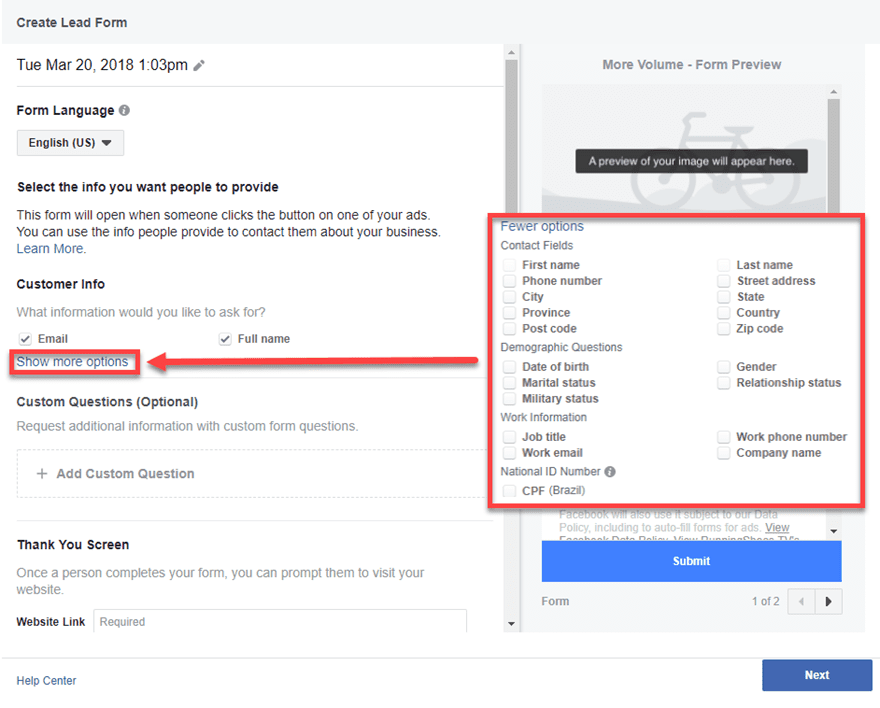
Then look at how soon he/she is ready to buy. T – Timeline – If a client passes the Budget, Authority, and the Need parameter. N – Need – You define the need for the client by knowing whether your product or services solve a definitive pain point for the client. Is he/she the right person to make a decision? If not, then get to the right person through him/her.

Can an alternate customized solution suffice in case you want an instant sale?Ī – Authority – You will see whether the client has the authority to buy your product or services or not.
#Hubspot status how to#
When the Marketing Department hands over the lead to the Sales Department that is an SQL.īut, How to define whether a lead is a Marketing Qualified Lead or a Sales Qualified Lead? And, what makes a lead a Sales Qualified Lead?Īs written in the table there’s no proper definition to explain MQL and SQL, I suggest using the BANT system to define the lead's lifecycle stage in case of MQL and SQL.ī – Budget – You will see client’s budget range for your products and services. The lifecycle stages in your Hubspot CRM are:īANT System and the Yellow Marked Section in the above tableĪ Company or an organization using Hubspot CRM for lead management can define MQL and SQL in their terms. Lifecycle stages in Hubspot CRM define the position of the prospect in the buyer’s journey. This buyer’s journey has stages designated as the lifecycle stages. Check out Hubspot’s Default Definition of Each Lead Status What is Lifecycle Stage?Įach buyer goes through a journey before he/she makes the purchase. Make sure everybody on the team follows that definition.

It’s up to you which definition you want to give to your lead status. In case of a ‘no response’ or a ‘delayed response’ (depending on the duration of the campaign), you can assign them ‘Others’ or re-attempt to connect with them. In case of a positive response, you assign them ‘Open’ lead status, means that they are open to contact and in case of a negative response, you assign them ‘Not Interested’ lead Status. My reason for putting ‘Connected’ in the end: Once you put someone in “Attempted to contact” and you ‘wait for response’, you could either get a positive or a negative response. They assign the lead status ‘connected’ to the prospects who have replied. **Connected Status: Generally, people keep ‘Connected’ status after “Attempted to Contact” and put “Waiting for Response” in the actions to take. This table will give you an easy understanding of each lead status and what actions you need to take. The Lead Statuses to use in your Hubspot CRM are: All the users who have access to the CRM can know which actions have been taken and which ones are pending. The Lead Status field in Hubspot CRM defines the level and progress of communication the sales representatives have had with the prospect. Let’s start with the absolute basic definitions and then we will take our gloves off! What is Lead Status?

While some know the best practices to use the lead status and lifecycle stage to keep track of leads, others are trying to sort out their definitions and transitions as their lead management process progresses.

They play around these tags while nurturing the leads in their lead management process. Inbound Marketers, especially those who use Hubspot CRM or Salesforce, are aware of the terms ‘Lead Status’ and ‘Lifecycle Stages’.


 0 kommentar(er)
0 kommentar(er)
